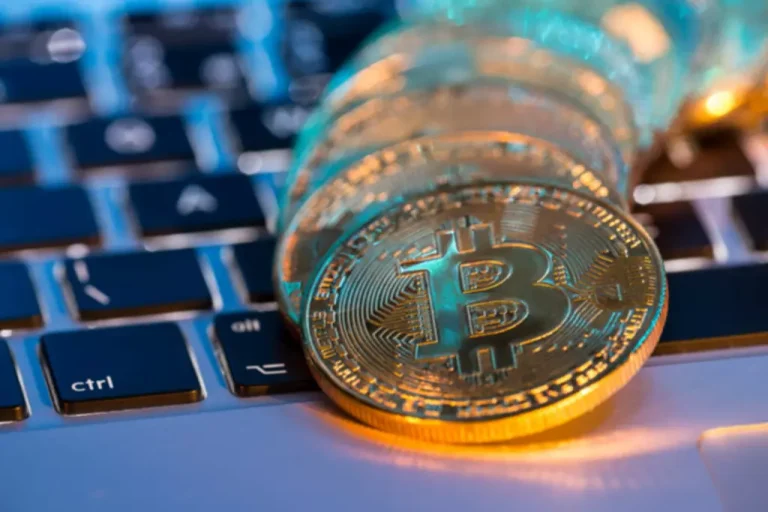In the dynamic world of finance, liquidity provision has undergone a significant transformation, driven by technological developments that have reshaped the landscape of buying and selling and funding liquidity provider vs broker. From algorithmic trading to decentralized finance (DeFi) platforms, the strategies and mechanisms of offering liquidity are evolving, providing enhanced speed, transparency, and accessibility to market individuals. Other forms of monetary establishments play key roles in shoring up the liquidity of various asset courses.
Who’s Who In Liquidity For Brokers

But, this determination additionally is decided by whether a brokerage is a market maker or a simple middleman. Through these examples, we see the varied approaches and innovations that successful liquidity providers make use of. Their actions not only generate earnings for themselves but also create a more robust and environment friendly market for all participants. The evolution of liquidity provision, especially with the arrival of technology-driven options, continues to shape the financial panorama, making it an exciting area to observe. Tier 2 liquidity suppliers are brokerages and smaller corporations that facilitate buying and selling to retail brokers and merchants. Some on-line brokers act as tier 2 liquidity suppliers and, when you trade on their platforms, you’ll buy and sell belongings instantly from and to them.
How Brokers And Lps Collaborate
Market costs move till shopping for volume exceeds promoting quantity in an effort to search out equilibrium. Lack of liquidity manifests on the chart as weak volatility or a quantity of non-overlapping gaps, for instance, if the curiosity is not paid (the vendor is unable to discover a buyer). Slippage, unfold widening, and transactions at loss-making prices are only a few issues that this market faces. Because of this, liquidity suppliers play an important part in the strategy of buying and selling on all financial markets, not only Forex. Both crypto and Forex brokerages, especially with direct transaction processing (STP), attempt to partner with many massive liquidity providers to keep up adequate liquidity and prices.
What Types Of Liquidity Suppliers Are There?
Brokers must register with the Financial Industry Regulatory Authority (FINRA) whereas funding advisers register via the united states Securities and Exchange Commission (SEC) as Registered Investment Advisors or RIAs. Brokers have an obligation to behave in the most effective interests of their shoppers. As a hard-working, goal-oriented, and well-rounded individual, I all the time strive to do quality work for each job I do. Faced with difficult duties in life, I have developed the habit of pondering rationally and creatively to solve issues, which not solely helps me develop as an individual, but in addition as an expert. Please provide your details below, an e-mail might be despatched to you to obtain the client terminal.
Successful Liquidity Suppliers In Motion

Sometimes a market maker is also a dealer, which might create an incentive for a broker to advocate securities for which the firm additionally makes a market. Investors should thus carry out due diligence to verify that there’s a clear separation between a broker and a market maker. It refers to numerous entities that function in compliance with native laws and hold licenses of their respective international locations. The content on this website is meant to showcase the technological options and companies provided by these entities. Please observe that the knowledge on this website is meant to be used by residents of nations or jurisdictions where such distribution isn’t in violation of native laws.
How Do Financial Markets Keep Liquid?
The completely different business models and capabilities of these liquidity providers allow them to serve the market in numerous ways. For occasion, banks with large balance sheets could carry more inventory and have the flexibility to facilitate bigger transactions in a given asset. PTFs, however, serve investors by sustaining tighter bid/ask spreads, offering reliable market liquidity, and optimizing value discovery throughout products and asset lessons. PTFs do so by successfully processing market data from many public sources and effectively deploying their capital.
This peer-to-peer mannequin is powered by smart contracts and doesn’t require intermediaries, which may decrease costs and improve market effectivity. From the perspective of liquidity suppliers, rules typically concentrate on the transparency of pricing, the fairness of commerce execution, and the prevention of market abuse. For instance, the MiFID II in Europe has introduced stringent necessities on market makers to offer consistent liquidity and report detailed transaction knowledge. Similarly, in the United States, the Dodd-Frank Act has implications for liquidity suppliers, particularly in the derivatives market, mandating higher transparency and central clearing of sure trades. Their capability to offer instant execution at identified prices not solely facilitates trading but also contributes to the general health and stability of financial markets.

Broker Vs Market Maker: What’s The Difference?

RLPs assist to market to ensure that the shoppers can execute trades effectively. The most influential participant in the forex market is Tier 1 liquidity providers. They also can offer competitive pricing and spreads to their clients, which is ideal for long-term foreign foreign money trading profitability. The rise of blockchain know-how can potentially deepen liquidity swimming pools for traders and maintain risk management on their finish.

In this case, the dealer may contact a liquidity supplier and ask for a mortgage so they can purchase the stock. In order to commerce in Forex, you have to first go through a broker. A broker is an organization that provides access to the market, often for a charge. Brokers are regulated by financial authorities and should follow strict rules. This ensures that they provide a good and clear service to their shoppers.
The most liquid, lowest-cost markets are these where there are not any limitations to participation by a variety of market members, using a mix of strategies and with a wide selection of holding durations. The buy-side want optionality to make sure most entry to the liquidity out there, and new elements similar to remote working, technology and improvements have led them to rethink their sell-side relationships. They can cut back latency and provide extra personalized liquidity solutions for merchants. Traders should look for suppliers with a confirmed observe report of stability and trustworthiness. Read the reviews, examine the trade awards, and the provider’s history in the market.
- They function the gateway for particular person traders and institutional traders, enabling them to take part in various financial instruments such as shares, bonds, commodities, and currencies.
- This may have a significant impression on the companies of the industry over the approaching years.
- Liquidity suppliers play a pivotal function within the monetary ecosystem by making certain that markets function effectively and effectively.
In the FX market, a broker is a financial intermediary that connects traders with liquidity suppliers and facilitates the execution of currency trades. The function of a broker within the foreign exchange market is to provide a buying and selling platform, tools, and providers that enable merchants to entry the market and execute trades with ease. Large organizations and banks, which kind any monetary market with its liquidity, are thought of to be the suppliers of quotations. Due to this, the big gamers unite and can transmit the market quotations to their shoppers – brokers in the retail market.
Read more about https://www.xcritical.in/ here.
